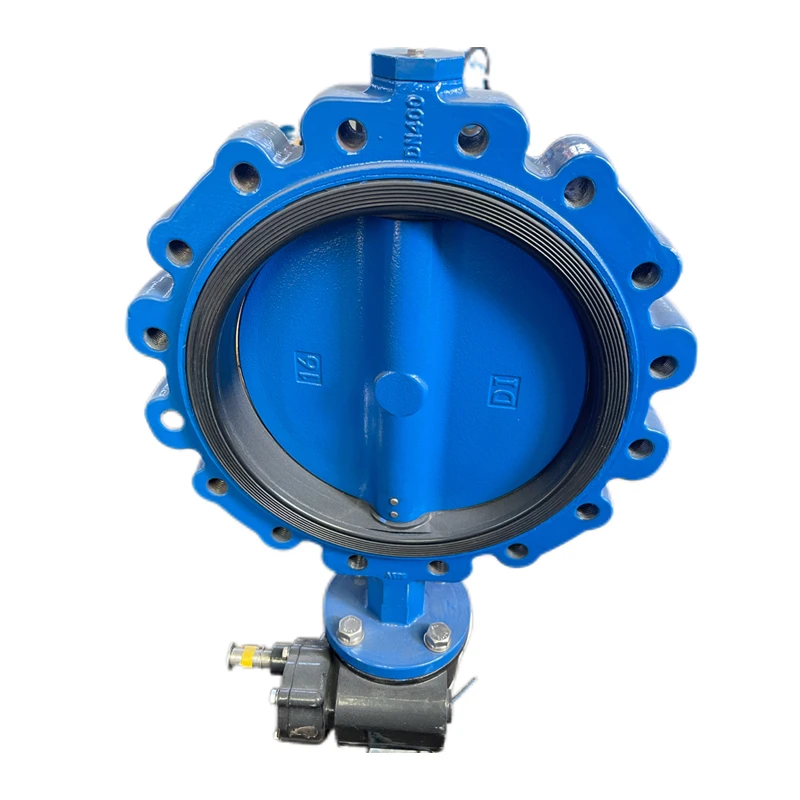ធ្នូ . 11, 2024 09:04 Back to list
Understanding the Functionality and Importance of Foot Valves in Fluid Systems
Understanding the Foot Valve A Crucial Component in Water Systems
In the world of plumbing and fluid dynamics, the foot valve plays a pivotal role in ensuring the efficient operation of various water systems. This seemingly simple yet essential component is often overlooked, yet it is fundamental in applications ranging from residential water pumps to industrial irrigation systems. In this article, we will explore the design, functionality, and applications of foot valves, along with maintenance tips to ensure their longevity and effectiveness.
What is a Foot Valve?
A foot valve is a type of check valve that is installed at the bottom of a suction line in a water pumping system. Its primary function is to maintain the prime of the pump by preventing water from flowing back into the source when the pump is turned off. Typically, foot valves are equipped with a mesh filter to keep out larger debris, protecting the pump from potential damage.
How Does It Work?
The operation of a foot valve is quite straightforward. When the pump is active, it creates a vacuum that draws water up from the source through the suction line. The foot valve opens to allow water to flow into the pump. When the pump is switched off, the foot valve closes, creating a seal that prevents the water from draining back down the suction line. This mechanism ensures that the pump remains primed, which is critical for delivering a consistent water supply when the pump is restarted.
Types of Foot Valves
Foot valves come in a variety of designs, with the most common being the spring-loaded and the weighted foot valve. The spring-loaded valve uses a spring mechanism to close the valve when the pump is turned off, while the weighted valve relies on gravity. Both types offer unique advantages in different applications, depending on the system’s requirements.
- Spring-Loaded Foot Valves These are prevalent in applications where quick response times are necessary. The spring provides a quick closure, effectively minimizing the risk of water siphoning back down.
- Weighted Foot Valves These are typically used in deep-well applications where additional pressure is needed to counterbalance the weight of the water column. The weight of the valve helps maintain a tight seal against backflow.
Applications
foot valve

Foot valves are widely used in various applications, including
- Irrigation Systems They help maintain the water supply in agricultural settings, ensuring that irrigation systems operate efficiently without interruptions. - Submersible Pumps Foot valves are critical for submersible pump systems where the pump is placed underwater, allowing for reliable operation and water management.
- Industrial Water Supply In factories and plants, foot valves are used to manage water flow and ensure the smooth operation of machinery and cooling systems.
Maintenance Tips
To ensure the longevity and effectiveness of foot valves, regular maintenance is essential. Here are some tips
1. Inspect Regularly Check the foot valve periodically for signs of wear and tear, particularly the seal and filter mesh.
2. Clean the Filter The mesh filter can become clogged with debris over time. Cleaning it periodically will help maintain optimal flow and prevent damage to the pump.
3. Check for Leaks Ensure that there are no leaks in the fittings or connections. A leak can compromise the functionality of the foot valve, leading to loss of prime.
4. Test the Valve Periodically, test the valve by turning off the pump to ensure it seals properly and water does not flow back.
Conclusion
The foot valve is an unsung hero of water systems, playing an essential role in pump operation and water management. Understanding its design, functionality, and maintenance needs can help ensure a reliable and efficient water supply for various applications. By taking care of this critical component, you can extend the life of your pumping system and improve overall performance, making it a worthy investment for anyone working with water systems.
Share
-
Advanced Technology in Wire and Cable FactoryNewsAug.19,2025
-
Applications of Ball Check Valve in Water Treatment PlantsNewsAug.19,2025
-
How Osy Gate Valve Ensures Leak - Tight SealingNewsAug.19,2025
-
Selection Criteria for Wafer Type Butterfly ValveNewsAug.19,2025
-
Threaded Ball Valve Pressure RatingsNewsAug.19,2025
-
Y Strainer PN16 Cost - Effectiveness AnalysisNewsAug.19,2025


